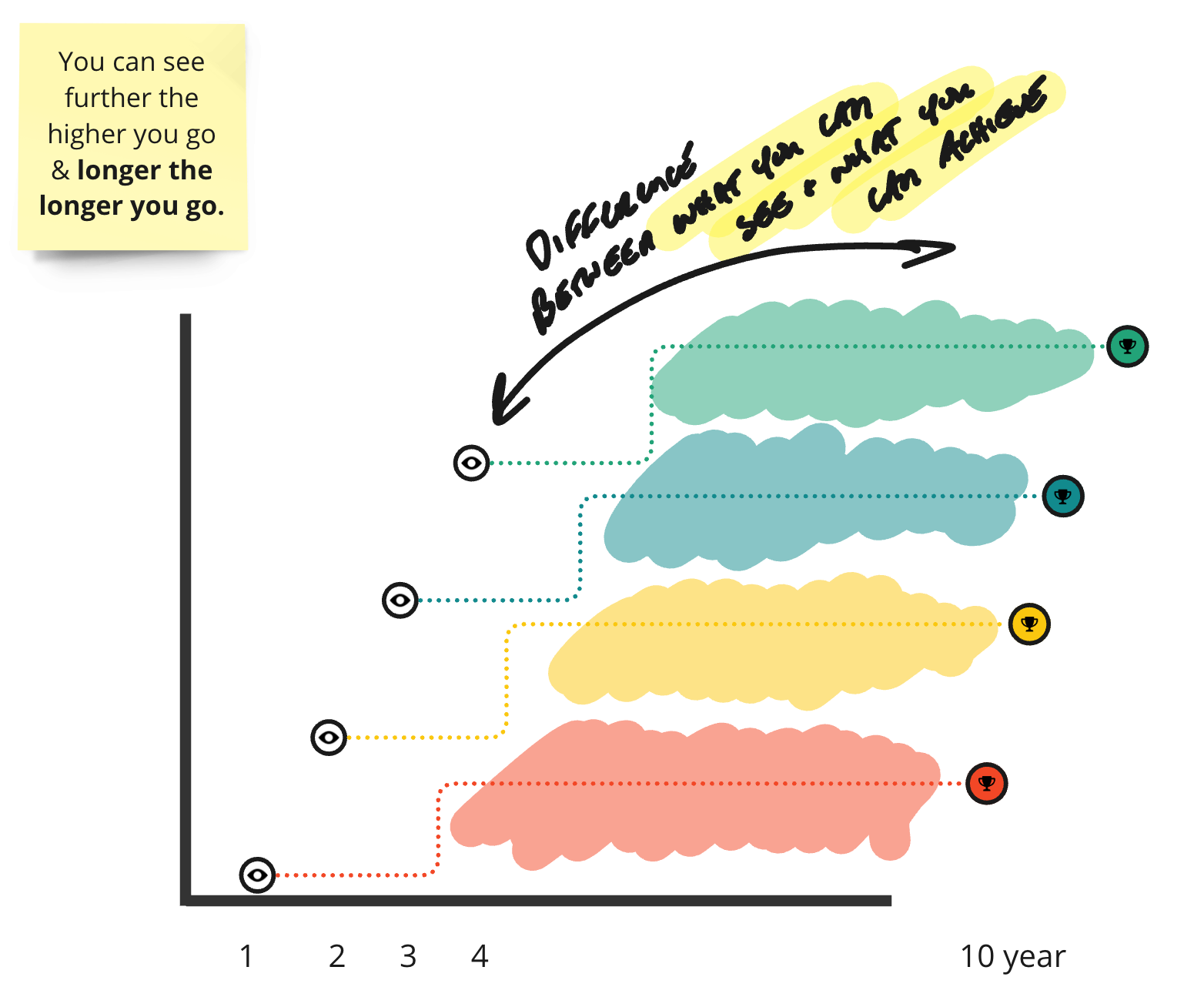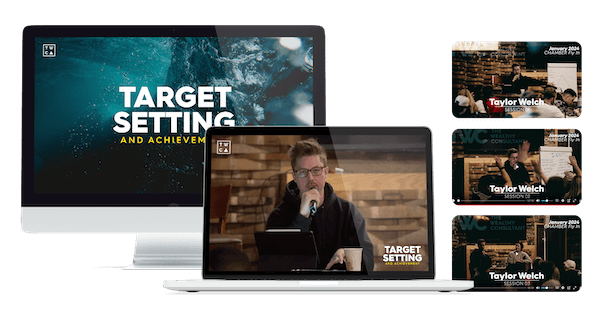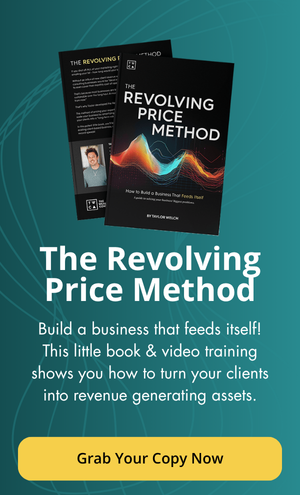Where You Are and Where You’re Going
“That pain of wanting, the burning desire to possess what you lack, is one of the greatest allies you have. It is a force you can harness to create whatever you want in your life.” – Jeff Olson (The Slight Edge)
Here’s a funny truth about setting targets. Achieving them never satisfies you.
When you set a target (in life, in business, or wherever), the pursuit of that target is what creates the fulfillment. So, once you actually achieve it, there’s this inevitable “let down” of energy, where you’re left wondering, “What now?”
Reaching the next level only creates a hunger for whatever level is beyond that.
High performers (like entrepreneurs) stumble frequently when it comes to this. They trick themselves into believing that if they can just achieve this next goal, they will be successful.
Actual success is falling in love with the game. Accomplishing this requires powerful long-term vision.
We’re not talking monthly, quarterly, or annual targets here. Those are important and have their place. Instead, we’re talking about creating a crystal clear vision of what life will look like 50 years from now. Then, thinking about the impact you want your life to have even after you’re dead – 100 years… 1,000 years.
Having a solidified long-term vision for yourself will pull you through any hardship, propel you past any obstacle, and keep you from quitting when your temporary circumstances tell you that you’re failing.
Let’s talk about how to create this kind of vision.

Depth Perception
Have you noticed that it’s much, much easier to set goals when you’re coming off of a season of winning?
When you feel like you have momentum, and the wind is at your back, your goals will almost always reflect that.
However, there’s a hidden danger in this.
Your ability to set goals for the future is capped by your view of the past.
Example – If you’ve been in business for 5 years, you can usually project about 5 years into the future with clarity. Anything beyond that is “fuzzy.” You can guess at what years 6-10 will be like, but you’ve only lived through 5 years of your current business, so that is what you know and feel like you can fully account for.
We call this “depth perception” in business.
This is why we always advise newer owners to be patient with themselves when they feel uncertain about setting future goals. Stress doesn’t add a single ounce of clarity.
Think of crafting your long-term vision like climbing a mountain. The higher up you go, the further you can see in any direction.
The higher you take your business, and the more levels you ascend, the clearer and crisper your vision of your future becomes. You can simply see further – your “depth perception” improves.

Best Case/Worst Case
Let’s bring depth perception into a more practical realm here. Your goals will always rise (or fall) with the level of your expectations as you progress through new seasons. And typically they stack upon one another as your confidence grows (higher up the mountain, more clarity).
Example – A 9-5 employee realizes that he’s never going to create the life he wants if he’s beholden to building someone else’s vision, so he starts his own business on the side with the hopes of becoming a full-time entrepreneur.
- 1st Goal – “I just want to replace my 9-5 income.”
- 2nd Goal – “Man, it would sure be nice if I could replace my wife’s income as well.”
- 3rd Goal – “Ya know, I bet I could make 6-figures a year doing this. My dad made 6-figures – why not me?”
- 4th Goal – “What if I could make 6-figures per quarter doing this?”
- 5th Goal – “Might as well go for 6-figures per month.”
- 6th Goal – “How about 6-figures per week?”
On and on and on it goes. The point is, we usually build goals that rise with our level of expectation based on experience.
The trick to creating long-term vision that keeps us aligned in the “now,” is BYPASSING the expectation piece, and building out those goals long before we ever have the confidence to know that they will actually happen. THEN, creating the confidence that they will happen… that those goals are inevitable.
One way that we teach clients to do this is by using the lens of their future selves.
What if your best case scenario today is the worst case scenario for your future self?
Let’s go back to our previous example. The entrepreneur started with a small goal – replace his 9-5 income. That was his best case scenario. But if you fast forward to that same entrepreneur by the time he reached goal 6 (6-figures per week), replacing his 9-5 income wouldn’t even pay his bills. His previous best case scenario has now become his worst case scenario.
Here’s a simple trick for this that leverages your subconscious.
When setting your vision for the future, find your current best case scenario, add 50% to it – then let your subconscious figure it out.
3 Questions to Ask Yourself
Here are three simple questions to ask yourself when beginning to build long-term vision. The point of these is to get you to stop and think.
Actually roll these around in your mind, chew on them, and record your answers somewhere so you can reference them later.
- What are the best things I’ve learned and accomplished in the last three years?
- If I could go back and council myself from three years ago, what would I say?
- If today I was talking to myself from three years in the future, what would they say to me?

Learn More About Vision and Target Setting
If you want better long-term vision for yourself, or are struggling to set quarterly and annual targets for your business, check out our Target Setting and Achievement Workshop recording bundle. This is a full day worth of training from Taylor and our team, entirely centered on creating big picture vision, then pulling it down and chopping it up into near-term targets. Plus, there is an entire re-tooled training on creating a powerful morning formula!

